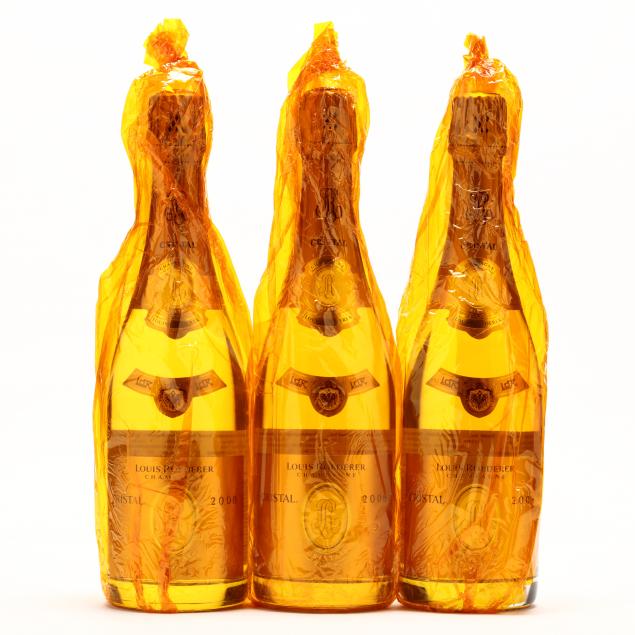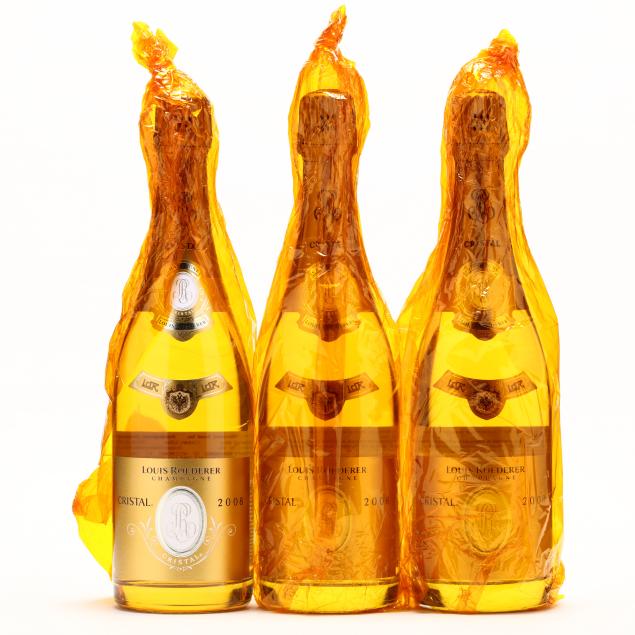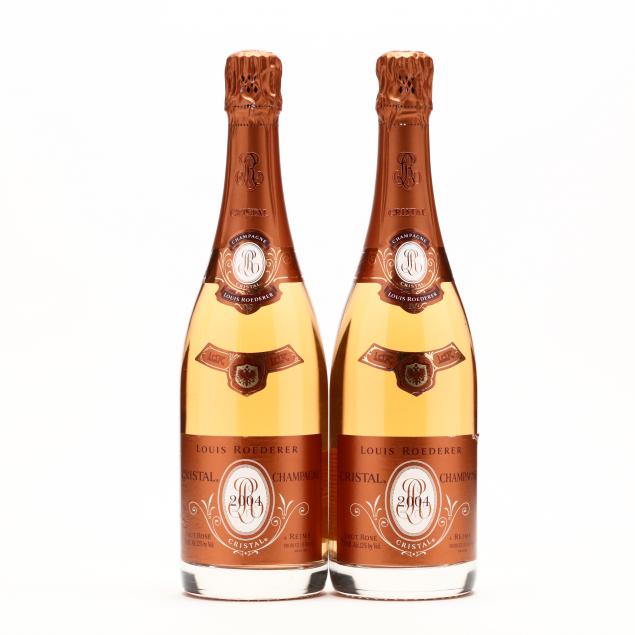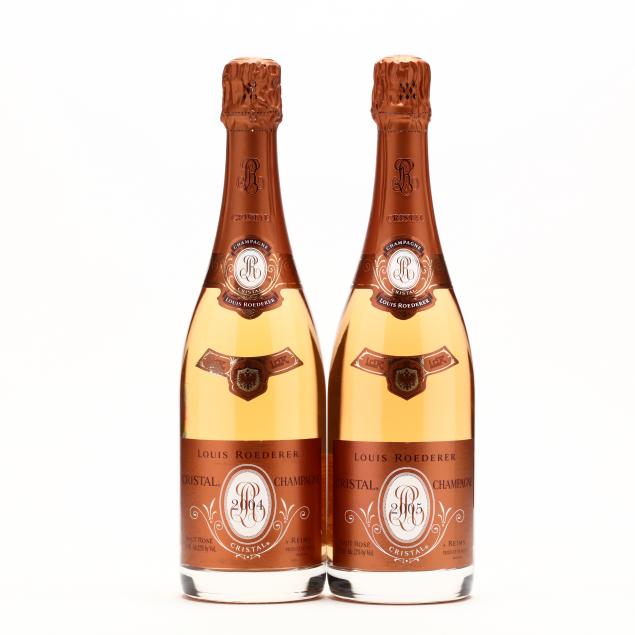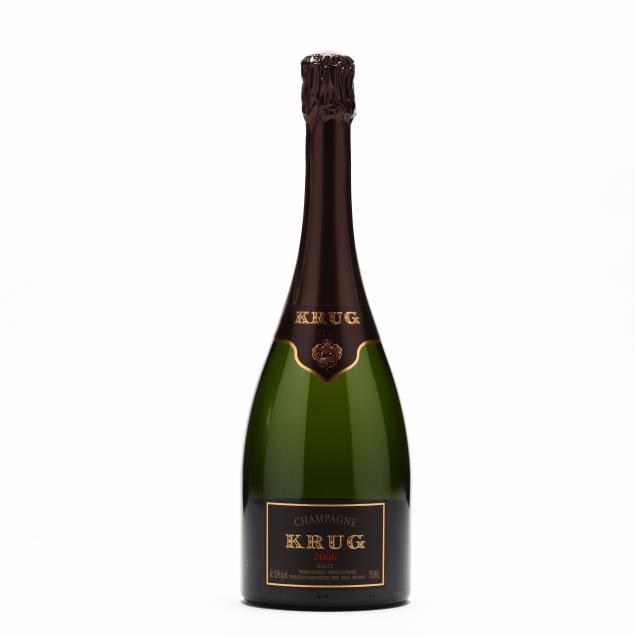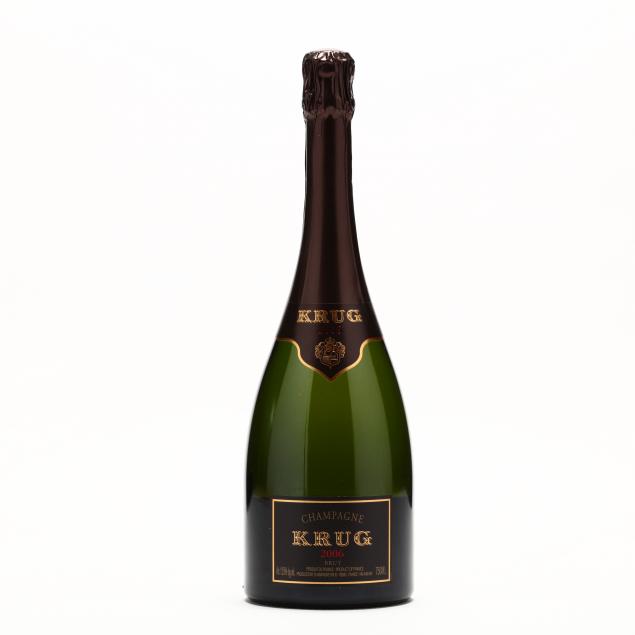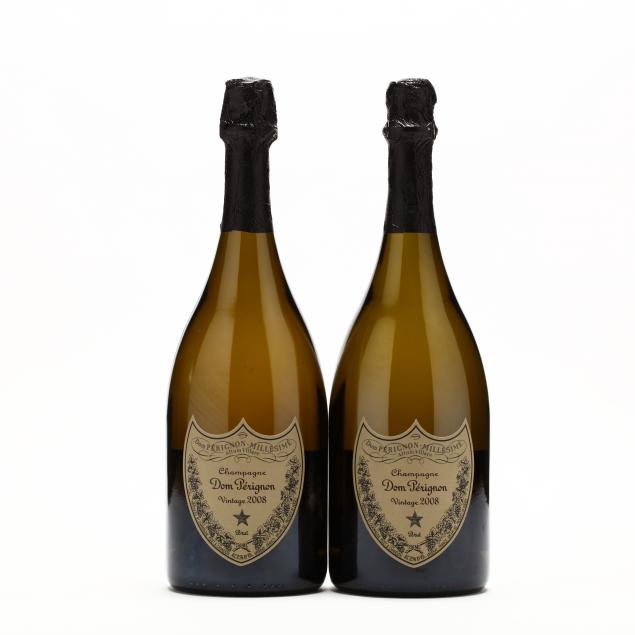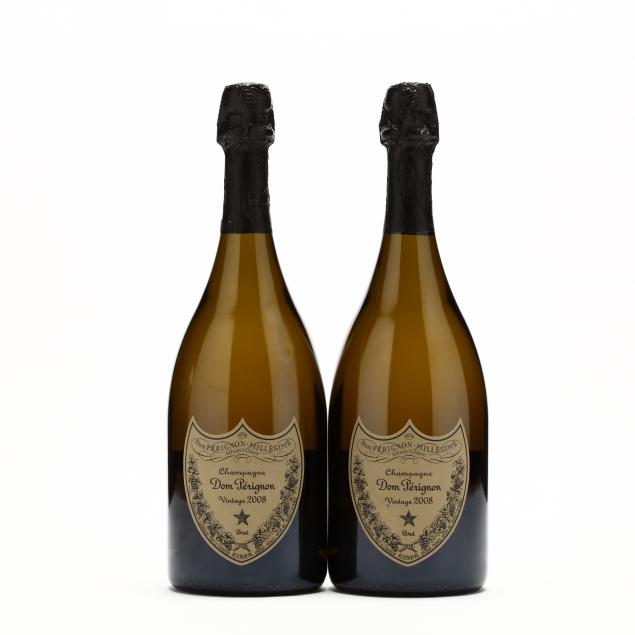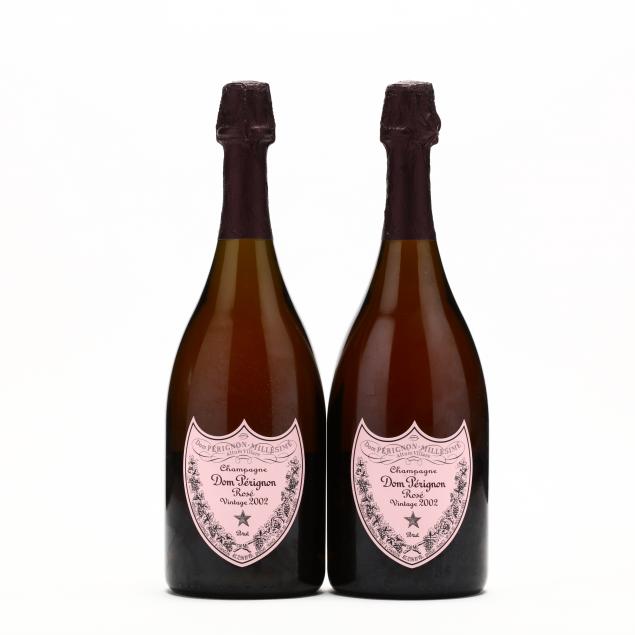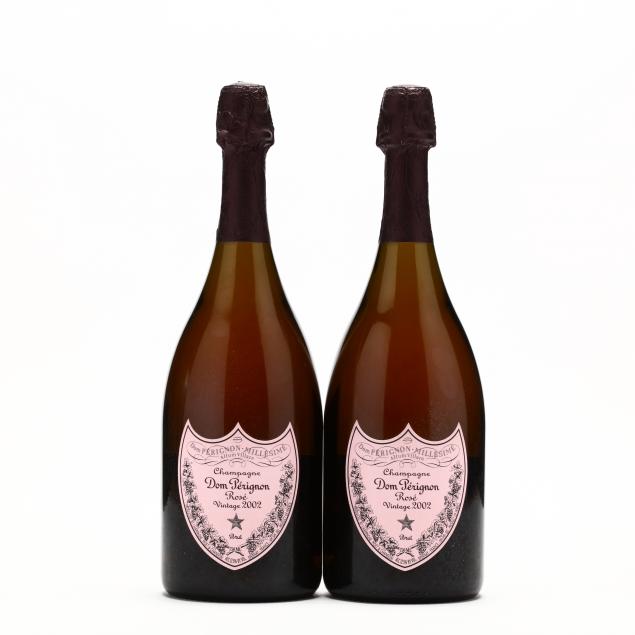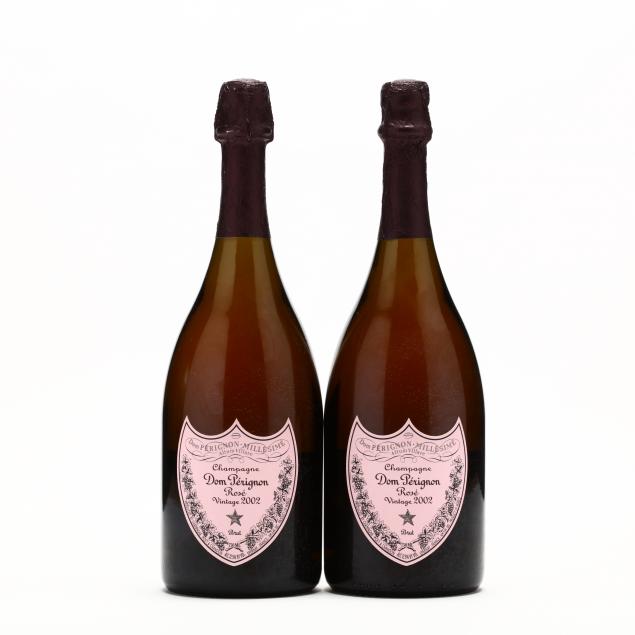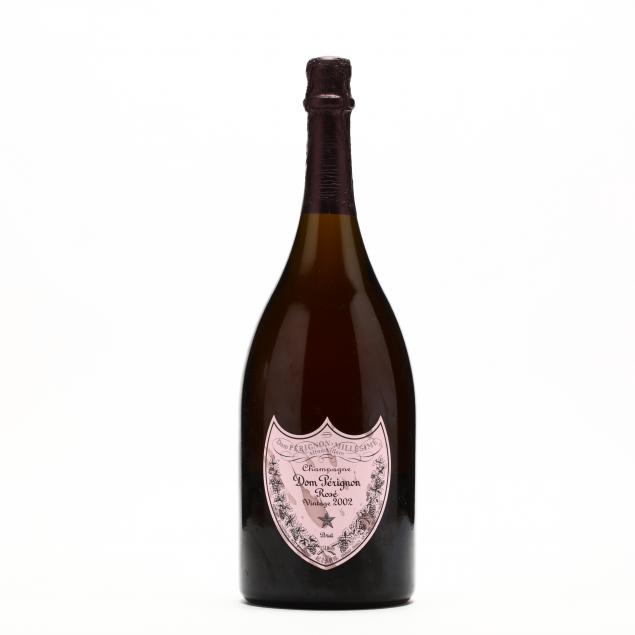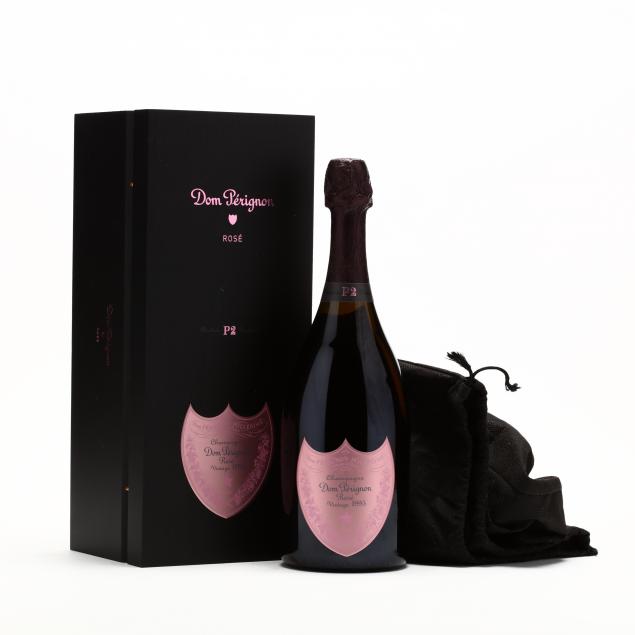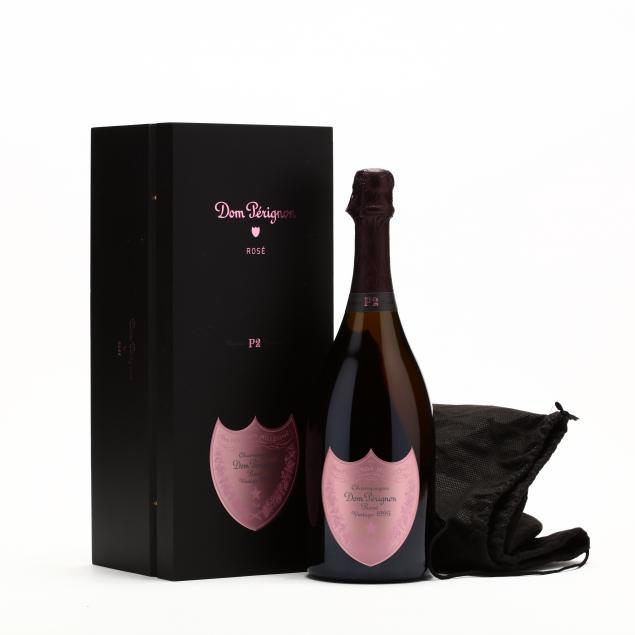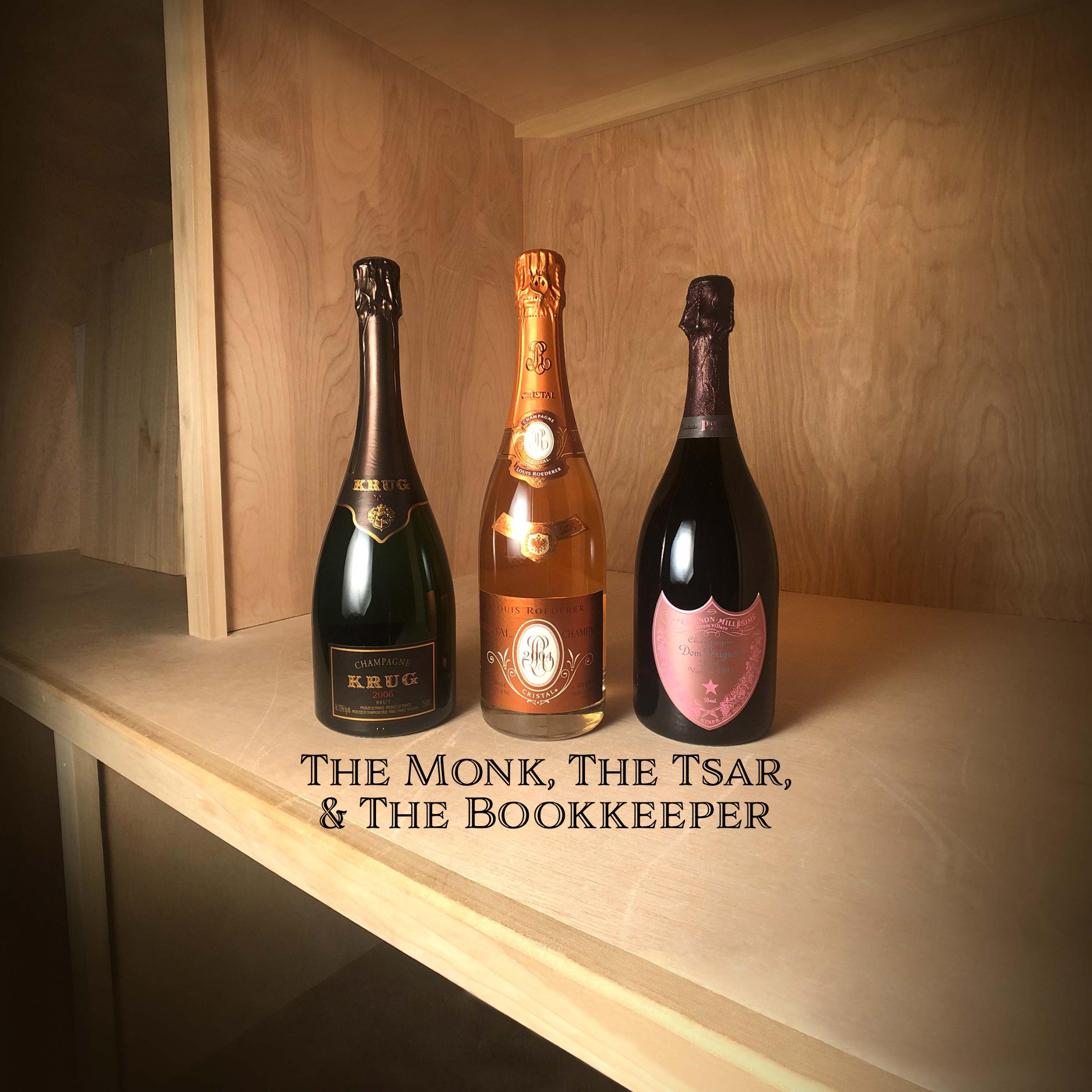
The origin of the origin story goes back well before there were computers, or even garages. Origin stories go back as far as monks fermenting grape juice, as far as the whims of monarchs and the dreams of immigrants. The selection of Dom Pérignon, Cristal and Krug in our auction of Fine Wine & Rare Spirits, has sent us back to the origin stories of these three great champagnes, which over almost two centuries have become synonymous with luxury and quality.
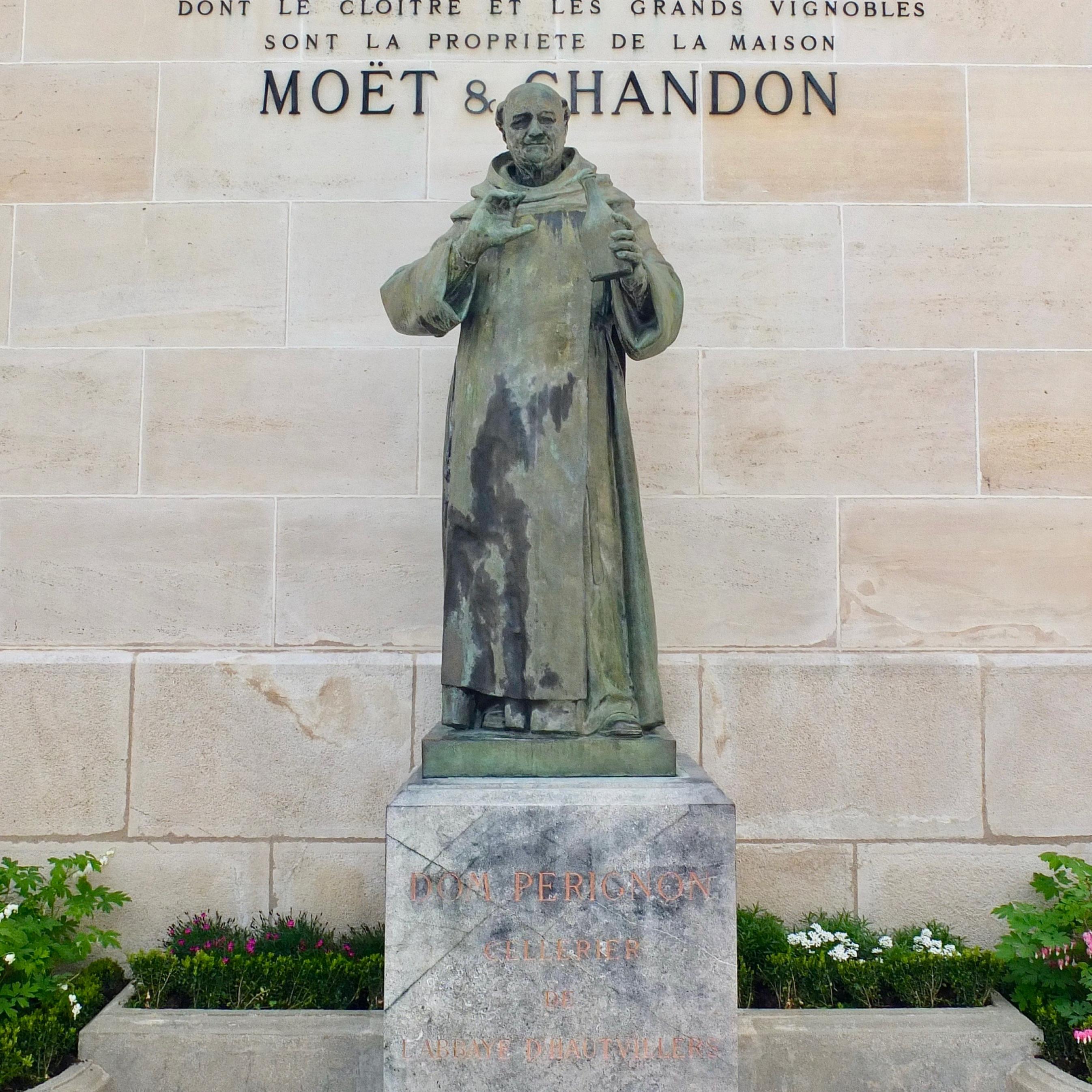
The Monk: Dom Pierre Pérignon
The inspiration for Moët & Chandon's most famous champagne was of far humbler origins than his namesake. Dom Pierre Pérignon was a Benedictine monk who lived in Hautvillers, in the Champagne region of France, from 1638-1715, Like so many origin stories, Dom Pérignon's contributions to the "invention" of champagne have been exaggerated over the years, but he did refine methods for fermenting, blending, bottling, and corking wines to allow for safe re-fermentation in the bottle - which, of course, is the essence of champagne. Moët & Chandon produced the first bottles of Dom Pérignon in 1921 with grapes sourced from the vineyards around Hautvillers. It was offered to the market in 1936 and immediately became popular with the luxury crowd - James Buchanan Duke of the American Tobacco Company bought 100 bottles of the first vintage.
The inspiration for Moët & Chandon's most famous champagne was of far humbler origins than his namesake. Dom Pierre Pérignon was a Benedictine monk who lived in Hautvillers, in the Champagne region of France, from 1638-1715, Like so many origin stories, Dom Pérignon's contributions to the "invention" of champagne have been exaggerated over the years, but he did refine methods for fermenting, blending, bottling, and corking wines to allow for safe re-fermentation in the bottle - which, of course, is the essence of champagne. Moët & Chandon produced the first bottles of Dom Pérignon in 1921 with grapes sourced from the vineyards around Hautvillers. It was offered to the market in 1936 and immediately became popular with the luxury crowd - James Buchanan Duke of the American Tobacco Company bought 100 bottles of the first vintage.
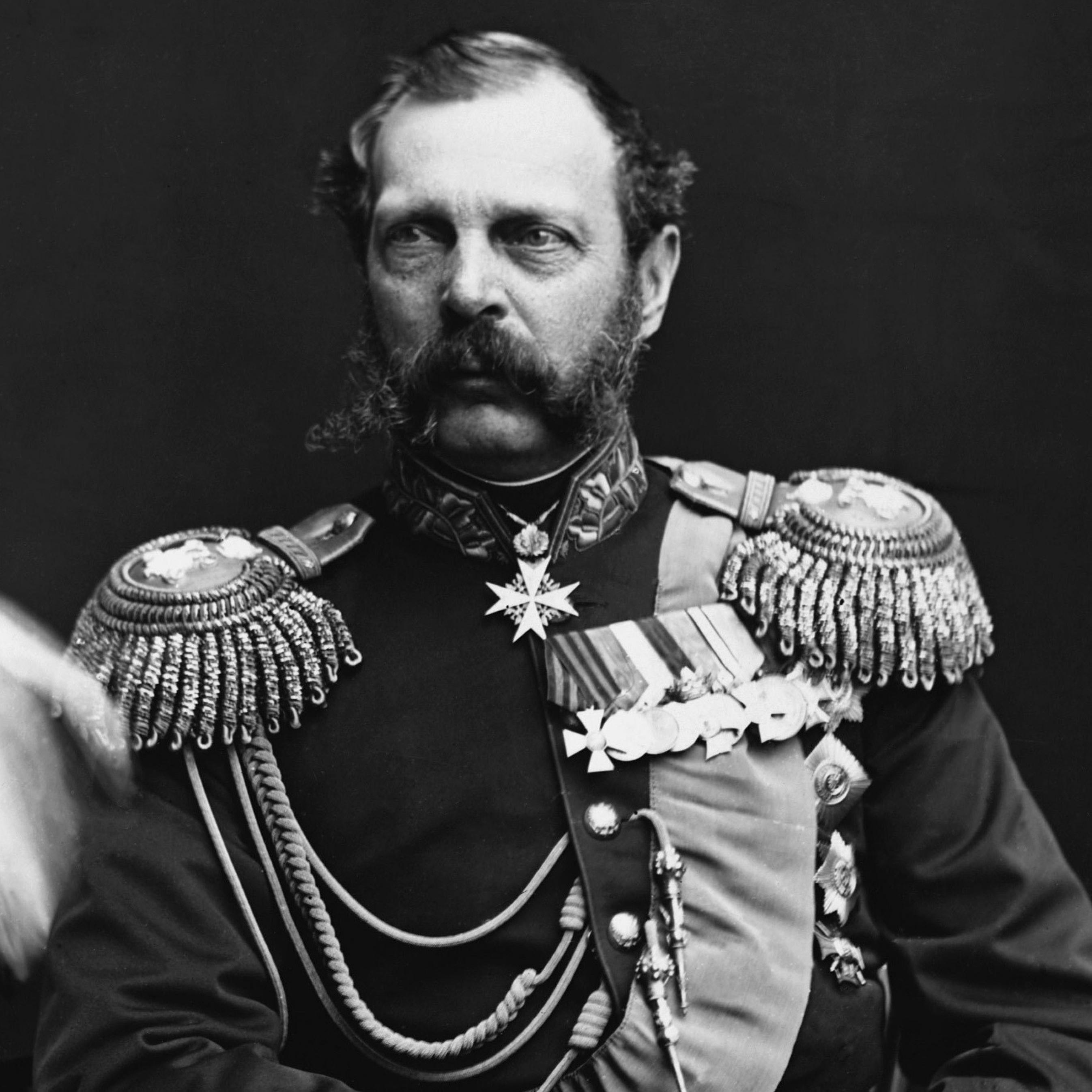
The Tsar: Alexander II of Russia
After Russian soldiers in the Napoleonic Wars brought back a taste for bubbles to their homeland, champagne became a favorite of the Russian court. Tsar Alexander II, who reigned from 1855-1881, was a famous oenophile, and was particularly fond of champagne. In 1876, he requested the champagne house Louis Roederer to create a cuvée just for him, and Cristal was born. Alexander, though he was a reformist monarch, had at that time already survived two assassination attempts (there would be four more attempts on his life before he was finally assassinated in a seventh). To be sure that nothing lethal could be hidden under the bottle of his favorite beverage, Alexander had Roederer create a flat-bottomed, punt-less bottle for his champagne, which is still used for Cristal today. And, because nothing less than the finest would be suitable for a monarch, he requested that the bottle be clear lead crystal. These days, science has outpaced vanity, and Cristal, while still sold in a clear bottle, is wrapped in a special cellophane sleeve to protect the wine from UV light.
After Russian soldiers in the Napoleonic Wars brought back a taste for bubbles to their homeland, champagne became a favorite of the Russian court. Tsar Alexander II, who reigned from 1855-1881, was a famous oenophile, and was particularly fond of champagne. In 1876, he requested the champagne house Louis Roederer to create a cuvée just for him, and Cristal was born. Alexander, though he was a reformist monarch, had at that time already survived two assassination attempts (there would be four more attempts on his life before he was finally assassinated in a seventh). To be sure that nothing lethal could be hidden under the bottle of his favorite beverage, Alexander had Roederer create a flat-bottomed, punt-less bottle for his champagne, which is still used for Cristal today. And, because nothing less than the finest would be suitable for a monarch, he requested that the bottle be clear lead crystal. These days, science has outpaced vanity, and Cristal, while still sold in a clear bottle, is wrapped in a special cellophane sleeve to protect the wine from UV light.
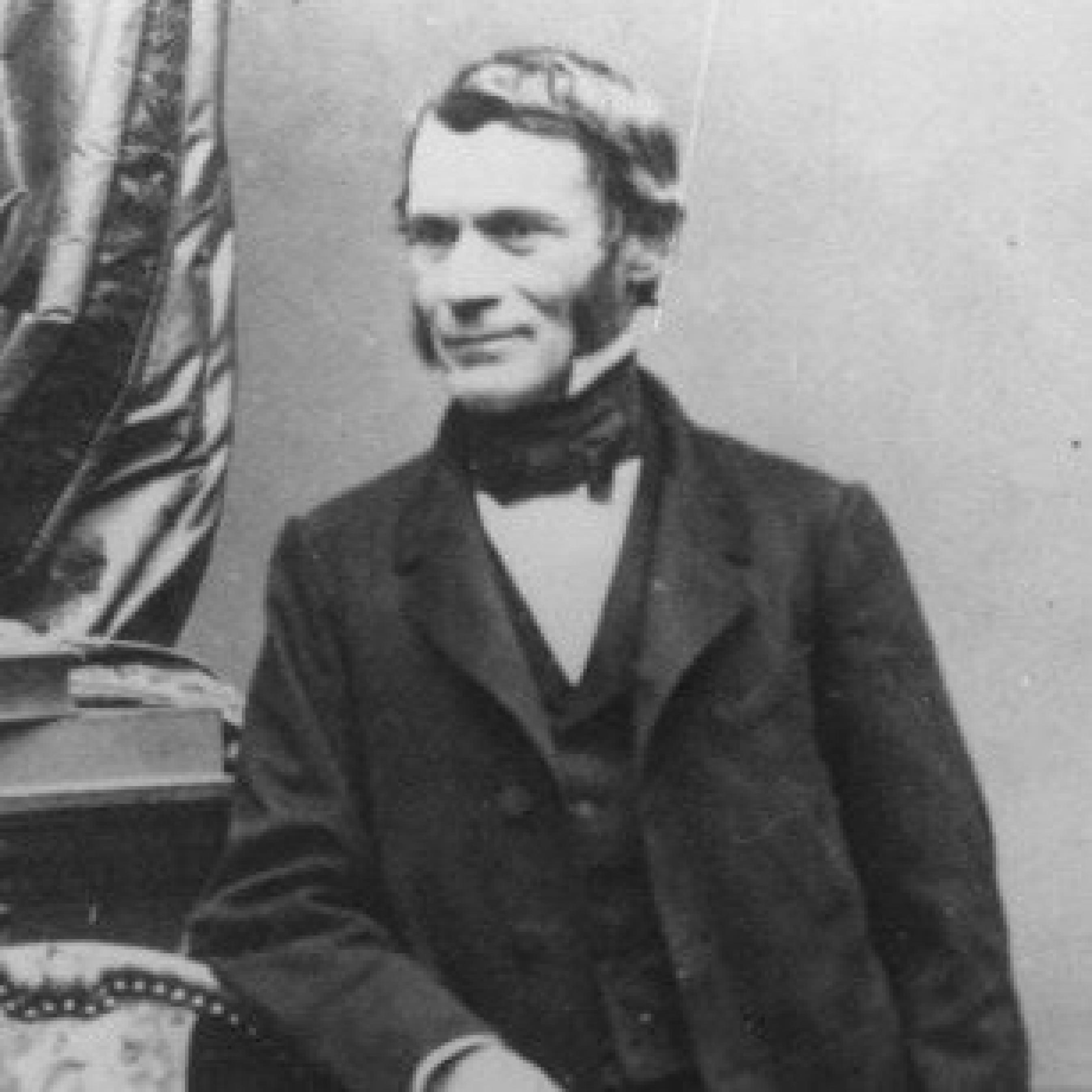
The Bookkeeper: Joseph Krug
Last, but certainly not least, is the German accountant-turned-winemaker whose pursuit of perfection led him to found his own champagne house. Having worked for champagne-maker Jacquesson for nine years, starting as a bookkeeper, Krug grew to feel that the unreliable weather in Champagne was adversely affecting the consistency and quality of its wines. And so he developed his Grand Cuvée, made from the finest wines from the finest vineyard plots, blended meticulously year after year from a growing cellar of reserve wines for consistency. Krug also bottled a vintage champagne in the very best years, as an expression of that year's harvest.
Last, but certainly not least, is the German accountant-turned-winemaker whose pursuit of perfection led him to found his own champagne house. Having worked for champagne-maker Jacquesson for nine years, starting as a bookkeeper, Krug grew to feel that the unreliable weather in Champagne was adversely affecting the consistency and quality of its wines. And so he developed his Grand Cuvée, made from the finest wines from the finest vineyard plots, blended meticulously year after year from a growing cellar of reserve wines for consistency. Krug also bottled a vintage champagne in the very best years, as an expression of that year's harvest.


